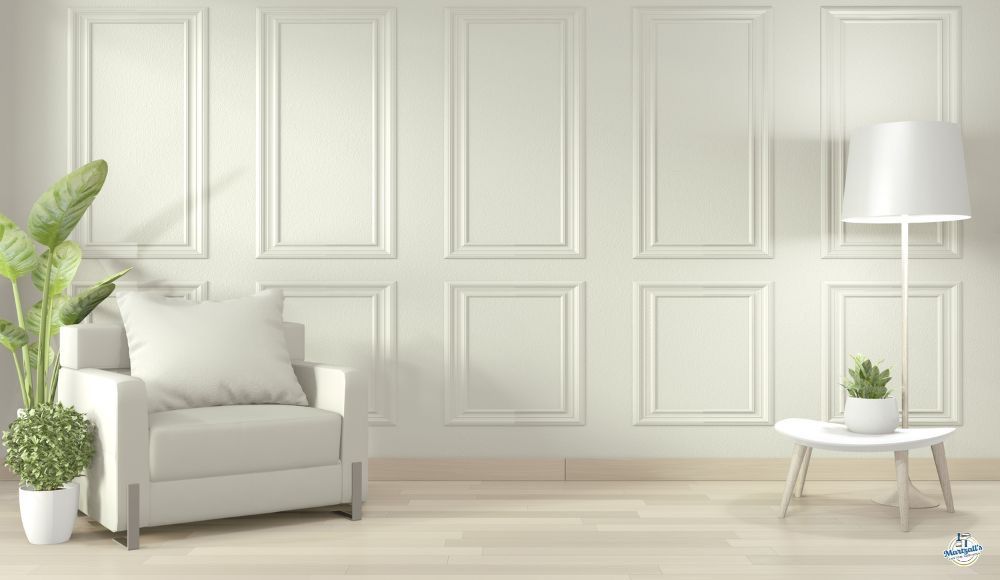Using Decorative Painting to Highlight Architectural Features

Decorative painting is a powerful and versatile tool for emphasizing architectural features in historic and contemporary settings. Through the thoughtful use of color, finish, and technique, you can draw attention to unique details, create depth, and add character to any space.
Techniques for Accentuating Moldings and Trims
Accentuating moldings and trims can dramatically enhance any space's architectural character and visual appeal. Here are some expert techniques to achieve striking results:
- Use contrasting colors: Painting trim and molding in a color that contrasts with the wall makes these features stand out.
- Monochromatic schemes with subtle variations: For a more understated effect, use varying shades of the same color for walls and trim.
- Layering and stacking moldings: Combine moldings, such as baseboards, chair rails, and crown molding, to create layered effects.
Creating Depth with Shadow Lines and Gradients
Decorative painting can skillfully achieve a striking sense of depth and three-dimensionality using shadow lines and gradients. Here's how these techniques work and how to apply them effectively:
Shadow Lines
A shadow line transitions between a form's light and shadow sides. Strategically placing shadow lines around architectural features, such as moldings, frames, or window sills, suggests that these elements project from the surface, making them appear more dimensional.
Gradients
Gradients are gradual transitions from light to dark. Using a gradient along the face of a molding or architectural detail mimics the natural way light falls off across a curved or angled surface, enhancing the illusion of depth.
Using Paint to Emphasize Ceiling Details
Using paint to emphasize ceiling details is a powerful design strategy that can transform it into a focal point, highlight architectural features, and alter the perception of space. Here are a few tips:
- Paint can draw attention to ceiling elements such as beams, medallions, or molding by applying a contrasting or complementary color to these features.
- A ceiling painted in a bold or unexpected color instantly draws the eye upward and makes the ceiling a key design element.
- Painting the ceiling a lighter shade than the walls can make the room feel higher and more spacious, while a darker ceiling color can make a large room feel cozier and more intimate.
- Painting the ceiling the same color as the walls creates a seamless, cohesive look that visually expands a room and blurs the boundaries between surfaces.
Highlighting Built-in Features with Decorative Paint
Decorative paint can make built-in features, such as bookcases, cabinets, and shelving, stand out as focal points in a room. Here are techniques to consider:
- Painting built-ins in a color that contrasts with the surrounding walls draws attention.
- Conversely, painting built-ins the same color as the walls can create a seamless, integrated look.
- Painting the built-in and the wall behind it in the same striking color creates a unified feature that commands attention.
- For added depth, consider a two-tone approach: paint the exterior of the built-in one color and the interior or back panel a deeper or contrasting shade.
When thoughtfully planned and executed, decorative painting can transform architectural features from overlooked details into standout design elements, enhancing any space's beauty and value.
You Can Transform Your Interior with One of Our Decorative Painting Techniques
We offer custom decorative painting options for floors, ceilings, fireplaces, and other surfaces. Don’t settle for a dated look when you can quickly revitalize your interior with the decorative painters at Martzall’s Custom Surfaces!
More painting tips from our blog ...






